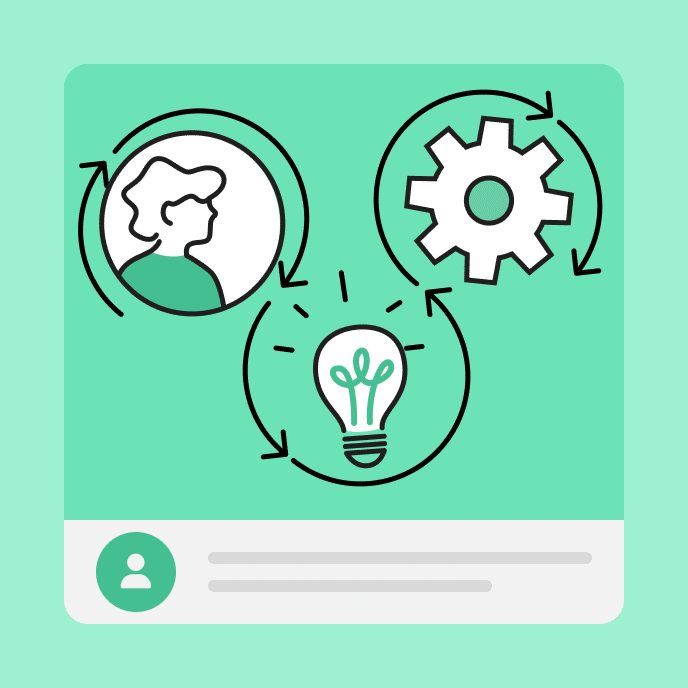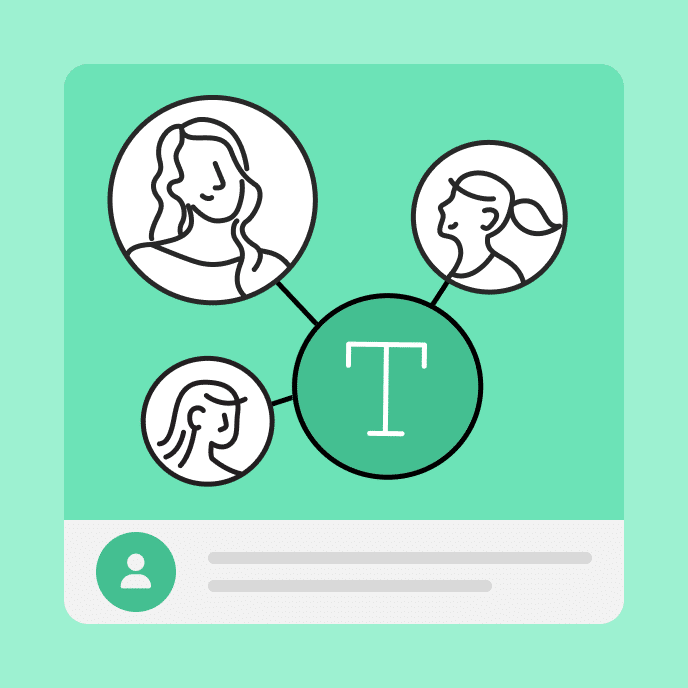Beyond The Information Dump: Create Engaging Learning
Move beyond information dumps in your e-learning. Learn how to create courses that engage learners through real-world scenarios and meaningful interactions.

How to transform your courses from information dumps to real learning
E-learning doesn’t have to be a digital textbook that puts learners to sleep. I’ve seen countless courses fail because they focus on delivering information rather than creating meaningful learning experiences. You can transform your courses with a few practical changes that will keep learners engaged and help them actually apply what they learn.
Why we default to information dumps
When building your first e-learning courses, it’s easy to fall into the information dump trap. You want to share everything you know about a topic, so you pack slides with bullet points and paragraphs. This approach feels thorough, but it actually works against how people really learn and retain information.
What makes information dumps so ineffective
Information dumps overwhelm learners with content they can’t possibly remember. Our brains aren’t designed to absorb large amounts of information in one sitting. When learners click through screen after screen of text, they quickly disengage and stop processing what they’re reading.
How real learning happens
Think about how you learned the skills you use every day. Did you read a manual cover to cover, or did you learn by doing? Real learning happens through experience, practice, and feedback. I learned instructional design by creating courses and getting feedback, not by memorizing principles from a textbook.
Practical alternatives to information dumps
Transform your content by focusing on what learners need to do rather than what they need to know. Start by identifying the specific tasks or decisions they’ll face in real life. Then build interactions that let them practice those skills in a safe environment.
Create scenario-based learning
Use realistic scenarios that mirror the challenges your learners face on the job. A good scenario puts learners in the driver’s seat and asks them to make decisions. For example, instead of explaining customer service protocols, show a challenging customer interaction and ask learners what they would do.
Focus on must-know information
For each piece of content in your course, ask yourself: “Will this help learners perform better?” If not, consider moving it to an optional resources section or removing it entirely. Be ruthless about cutting nice-to-know information that doesn’t support your learning objectives.
Build in meaningful practice
Give learners opportunities to apply what they’re learning throughout the course. Simple knowledge checks aren’t enough—create activities that mirror real-world tasks. If you’re teaching a software skill, let learners practice using a simulation rather than just showing them screenshots.
Provide contextual feedback
When learners make choices in your scenarios, don’t just tell them if they’re right or wrong. Explain why certain approaches work better than others and what the real-world consequences would be. Good feedback helps learners understand the reasoning behind best practices.
A simple example of transformation
Here’s how to transform a typical information dump into an engaging learning experience:
Instead of this: Three screens explaining step-by-step customer service protocols with bullet points and definitions.
Try this: “A customer approaches your counter, clearly upset about a product they bought yesterday. They don’t have a receipt. What’s your first response?”
Follow their choice with feedback that explains why their approach would or wouldn’t work well in that situation. Now they’re engaged, thinking critically, and actually learning instead of passively reading.
Key takeaways: moving from information to transformation
Your goal isn’t to transfer information—it’s to transform performance. Start by identifying what learners need to do differently after taking your course. Create scenarios that let them practice those skills in a safe environment. Cut any content that doesn’t directly support your performance goals.
Remember that people learn by doing, not by reading, so give them plenty of opportunities to practice and receive meaningful feedback.
You may also like

The ADDIE Model: 5 Steps to Effective Workplace Training
Explore the five phases of the ADDIE Model, and learn how to apply them for an adaptable, iterative approach to creating relevant workplace training.

